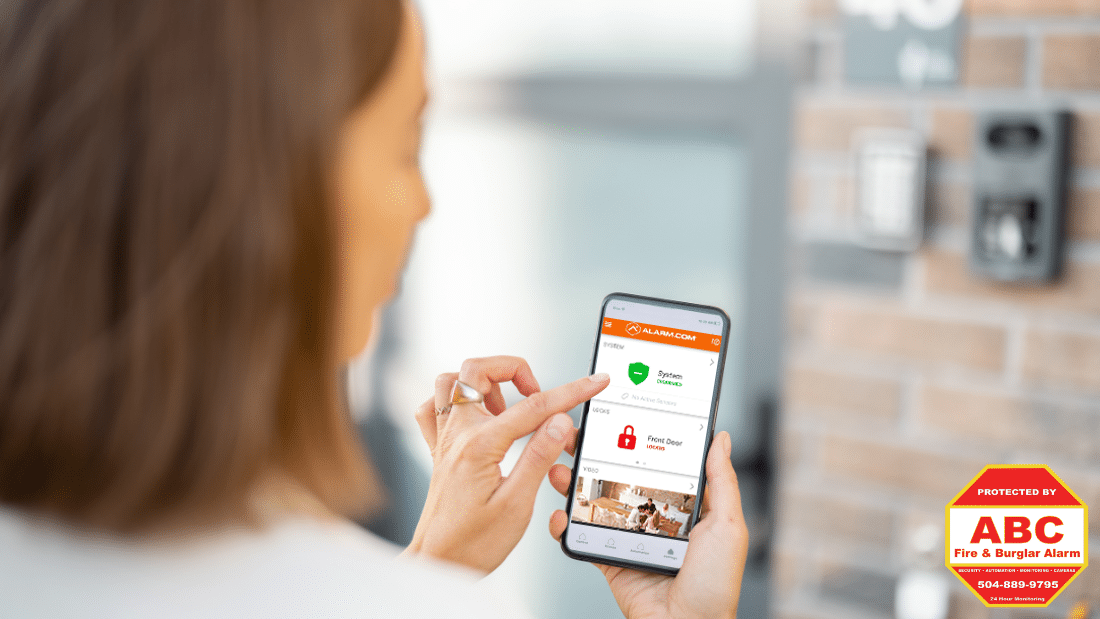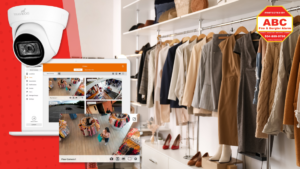No one likes the hassle of false alarms. They are embarrassing, can annoy neighbors, and might even cost you money in the form of fines. But in most cases, they can be avoided. Let’s look at what causes them and ways to avoid false alarms.
A professionally installed alarm supported by a top-notch monitoring system is one of the best security investments you can make in your home or business. But when an alarm is mistakenly triggered, the monitoring service will try to contact you. But if they are unable to reach you, they may dispatch the authorities. If this happens, you have a false alarm on your hands. These can be costly and stressful mistakes.
Hard Truths About False Alarms
95% of all police responses to security system alerts across America were triggered by false alarms. Police in Seattle for example, reported that fewer than 2% of home security calls were legitimate emergencies. The nationwide cost of false alarms each year is upwards of a billion dollars.
What Causes False Alarms?
According to a Department of Justice report, false alarms fall into one of three categories: user error, faulty equipment, or poor installation.
User errors
This is the most common reason for false alarms. When the false alarm is triggered by a pet, a window or door blowing open, a forgotten code, or when a call from the monitoring center goes unanswered.
Faulty equipment
When a sensor fails, batteries run down, or older equipment fails.
Poor installation
When a system is installed improperly by an inexperienced technician.
To help limit false alarms, follow these simple steps:
- Check Areas Around Sensors
Keep areas around motion sensors clean and verify objects around them are secure. Look for things such as curtains, hanging objects, or decorations that might trigger an alarm and keep them away from the sensors.
- Keep Windows and Doors Secured
Close windows and doors securely so that they won’t blow open and trigger a false alarm.
- Install Pet-Friendly Sensors
If you have pets, make sure your installer uses pet-immune motion sensors and that they are optimally installed to limit false alarms.
- Perform Equipment Checkups
Check batteries and replace them as soon as they’re low. Pay attention to trouble alerts that may appear on the keypad or signals that you are notified with by central station. And schedule a service call of your security system to make sure all your equipment is working as intended.
- Review Your Alarm Procedures
Make sure you know your codes and passwords and keep them handy in your phone and someplace accessible but hidden near your alarm keypad. Educate family, visitors, and employees on how to use and disarm the system.
Save yourself the hassle, cost, and stress of false alarms by following these steps. Also, make sure to have your system installed and maintained by a best-in-class company like ABC Fire & Alarm. For more information, contact us today to receive a free quote.








